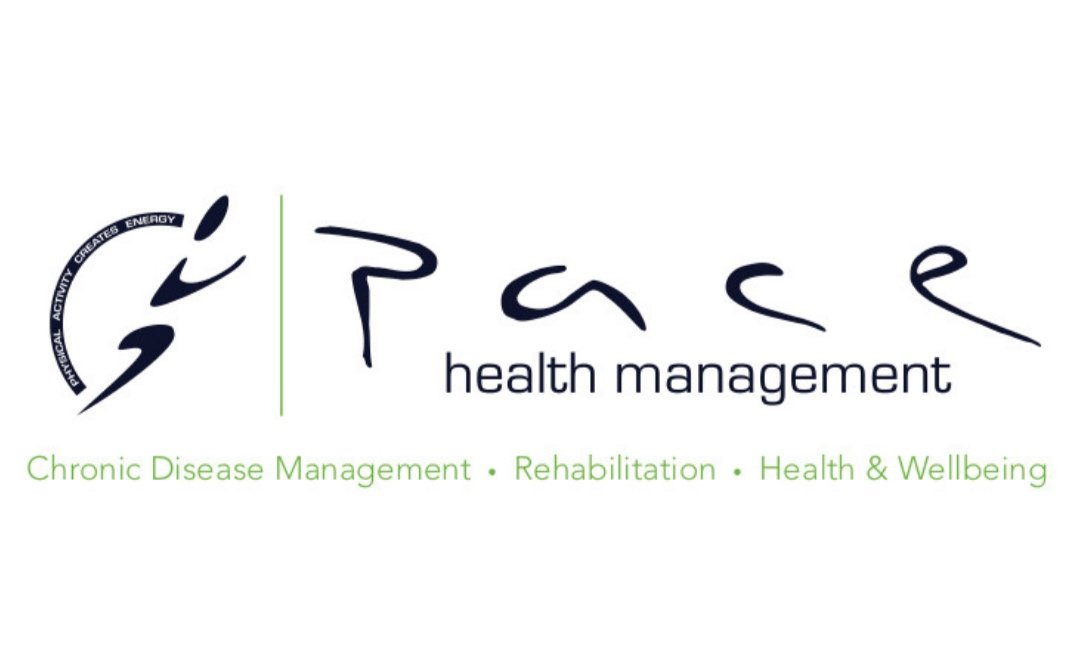Exercise Is Medicine
Physical inactivity - the greatest public health problem of the 21st century - from Exercise is Medicine Australia.
A WORLDWIDE PROBLEM
Physical inactivity is a leading cause of death worldwide and is a major risk factor for chronic diseases, such as coronary heart disease, type II diabetes, and several cancers. Over previous years, worldwide statistics show that we have a problem which is not going away:
Physical inactivity has been responsible for over 5 million deaths per year (Over 9% of the total global premature mortality)
Almost 1/3 of the world population was categorized as being physically inactive
Given its high prevalence, health burden and societal costs, the World Health Assembly, the decision-making branch of the World Health Organisation, has adopted combating physical inactivity as a priority objective for global action to help control the rising burden of Non-Communicable Diseases (NCDs).
The EIM solution being implemented in Australia
Closer to home, Exercise is Medicine Australia is focused on implementing an evidence based solution to the problem. The initiative is focussed on encouraging General Practitioners (GPs), nurses and other healthcare providers to include exercise when designing treatment plans for patients. Exercise is Medicine Australia is committed to the belief that exercise and physical activity are integral to the prevention and treatment of chronic disease and should be regularly assessed as part of medical care.
The evidence
The evidence supporting the Exercise is Medicine initiative is clear. The following extremely convincing statistics should make all of our health professionals sit up and re-think their approach to chronic disease management.
Regular exercise at the correct intensity can:
Significantly improve overall health
Reduce the risk of heart disease by 40%
Lower the risk of stroke by 27%
Reduce the incidence of high blood pressure by almost 50%
Reduce the incidence of diabetes by almost 50%
Reduce mortality and the risk of recurrent breast cancer by almost 50%
Lower the risk of colon cancer by over 60%
Reduce the risk of developing Alzheimer’s disease by one-third
Decrease depression as effectively as medications or behavioural therapy
What we can do
Two key areas of Australian EIM strategy focus on improving awareness of how exercise can be used to prevent and treat NCDs as well as empowering healthcare professionals to integrate exercise in primary care. The provision of EIM workshops, resources and tools are a perfect example of this. These types of activities will support professionals such as GPs and practice nurses to be confident and consistent in using exercise to prevent and manage chronic disease.
You can help us to work towards solving one of the greatest public health problems of the 21st century. If you are a health professional, patient, or just passionate about exercise, spread the word that exercise is the best, cheapest, most accessible medicine available!
References
Anderson, L. B., et al., (2016). Update on the global pandemic of physical inactivity. The Lancet. 6(16). doi: 10.1016/s0140-6736(16)30960-6
Das, P., Horton, R. (2016). Physical activity – time to take it seriously and regularly. The Lancet. 6(16). doi: 10.1016/s010-6736(16)31070-4
